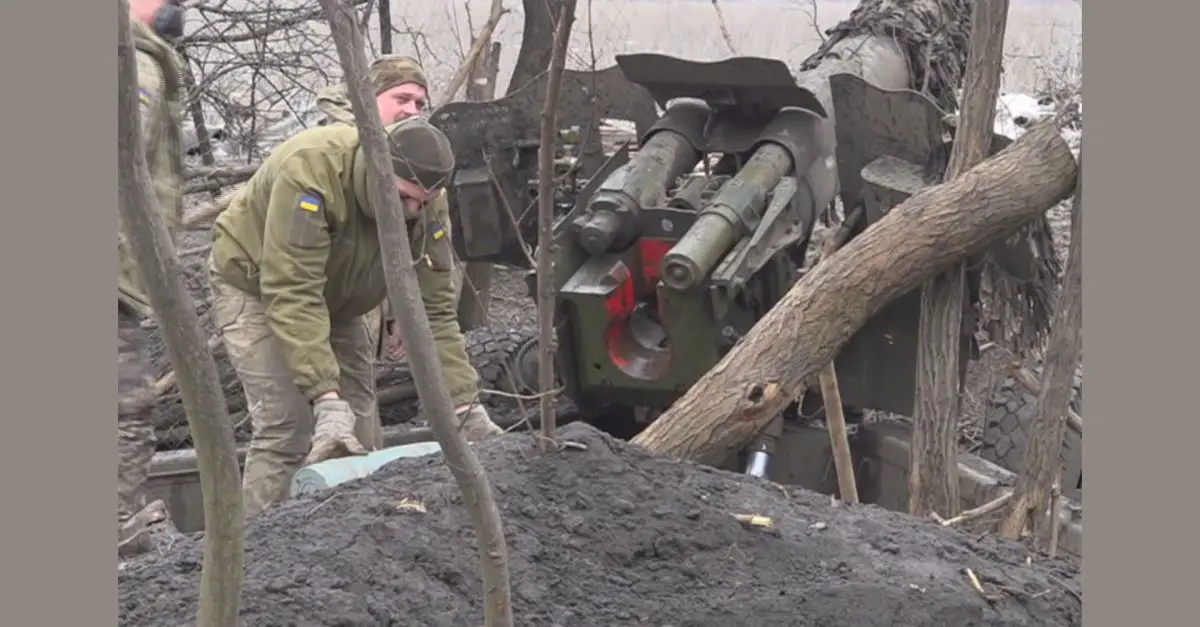Breaking news
Ukraine says for every five artillery shells fired by the Russians they can only shoot back one.
For several weeks, Ukraine has been calling for international assistance in the form of equipment and munitions deliveries. The delay in American aid allowed Russia to open a new front in the northeast, heading towards Kharkiv. However, with the arrival of American aid, Ukraine's artillery fire ratio has improved from 10:1 to 5:1, meaning for every 10 Russian shells, Ukraine can now fire 2 in response. This improvement is crucial for Ukraine's combat effectiveness against a numerically superior Russian army. Despite this, Ukraine can only slow or occasionally stop the Russian advance, not mount a counteroffensive.
Follow Army Recognition on Google News at this link

Video capture of France 24 docs in donbass (Picture source: France 24)
Situation in Ukraine
Ukraine faces a significant need for munitions, consuming Western aid rapidly due to the pressure from Russian forces aiming to break Ukrainian defense lines. The high consumption rate has led to a shortage, limiting the use of artillery shells and missiles. For instance, artillery units of the 57th Ukrainian Brigade report being limited to 1, 2, or sometimes 3 shells per target to conserve ammunition.
Previously, Ukraine's artillery fired one shell for every ten Russian shells. With Western aid, this ratio has improved to five to one. However, these supplies are limited. Combined, the US and Europe produce about 100,000 artillery shells per month, or approximately 3,333 per day. The NATO recently ordered 220,000 155mm shells to replenish stocks and support Ukraine, but this production will take time. In France, production of 155mm shells is increasing, aiming to deliver 2,000 shells per month to Ukraine. Overall, Western production capacities are under pressure to meet the increasing demands due to the conflict, but still fall short of Russian production levels.
Situation in Russia
Russian factories currently produce between 10,000 and 20,000 artillery shells per day. At times, with aid from North Korea, this production can reach up to 60,000 shells per day. This sustained pace results from a massive industrial effort, with factories operating 24/7.
Additionally, Russia's preparation for this conflict, ongoing since 2014, has streamlined production systems, significantly lowering production costs. A 152mm shell in Russia costs about 1,000 USD, whereas a 155mm shell in the West costs around 4,000 EUR (approximately 4,300 USD).
In conclusion, Russia can afford a low cost for a high number of shells and has mastered this production. It has substantial artillery capabilities tailored for this conflict. The war in Ukraine appears poised to be prolonged.


























